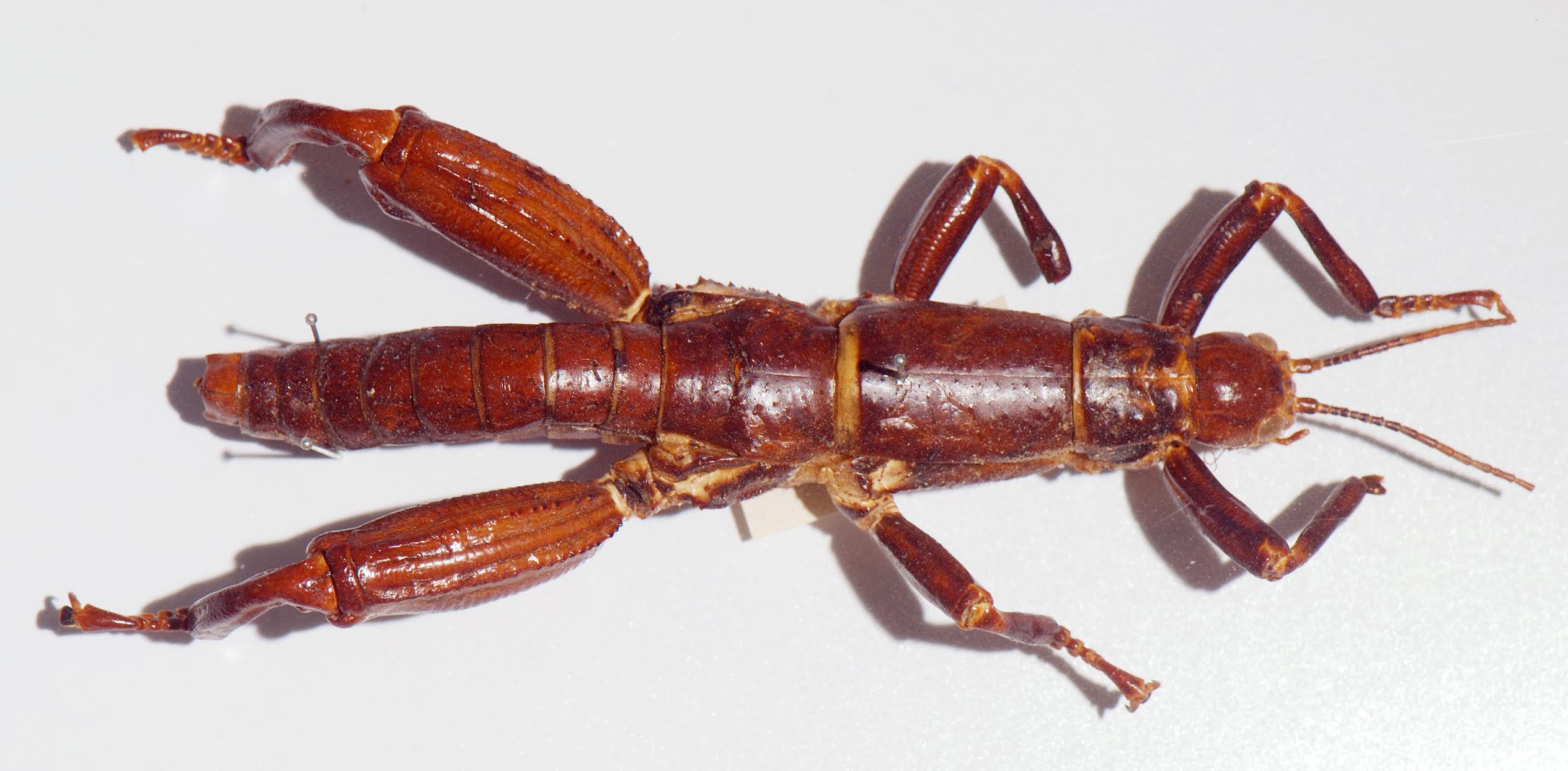In the vast tapestry of nature, bugs play a crucial role, yet some of these tiny creatures remain shrouded in mystery and intrigue. The rarest bugs are not just fascinating due to their scarcity but also because they offer insights into the delicate balance of ecosystems and the importance of biodiversity. From the lush rainforests to arid deserts, these elusive insects have adapted to their environments in unique ways, making them a subject of interest for entomologists and nature enthusiasts alike.
Understanding the rarity of certain bugs can shed light on environmental changes and the impact of human activity on fragile habitats. As we explore the world of the rarest bugs, we uncover stories of survival, adaptation, and the ongoing quest to protect these remarkable creatures. This article dives deep into the fascinating realm of these rare insects, examining their characteristics, habitats, and the critical role they play in our ecosystem.
Join us as we embark on a journey to discover the rarest bugs known to science, and learn about the ongoing efforts to preserve these incredible species for future generations. Their existence reminds us of the beauty and complexity of nature, urging us to appreciate and protect the world we share.
What Makes a Bug Rare?
Rarity in the insect world can be attributed to several factors, including habitat loss, climate change, and specific ecological niches. Here are some key elements that contribute to a bug's rarity:
- Habitat Specificity: Some bugs thrive only in particular environments, making them vulnerable to habitat destruction.
- Limited Range: Species that exist in confined geographical areas are at greater risk of extinction.
- Reproductive Challenges: Bugs with low reproductive rates may struggle to maintain their populations.
- Environmental Sensitivity: Certain bugs are highly sensitive to environmental changes, making them more susceptible to extinction.
Where Can You Find the Rarest Bugs?
The habitats of the rarest bugs are often remote and challenging to access. Here are some notable locations renowned for their unique insect populations:
- Amazon Rainforest: Home to an astounding variety of species, including some of the rarest bugs on the planet.
- Isolated Islands: Locations such as Madagascar and Hawaii have unique species that evolved in isolation.
- Mountainous Regions: The high altitudes of the Himalayas and Andes host rare bugs adapted to extreme conditions.
- Deserts: Arid environments, like the Sonoran Desert, are home to insects that have uniquely adapted to survive.
What Are Some Examples of the Rarest Bugs?
Several species of bugs are considered among the rarest in the world. Here are a few noteworthy examples:
1. Lord Howe Island Phasmid
This giant stick insect, once thought extinct, was rediscovered in 2001. Its survival is a testament to conservation efforts, as it is now being bred in captivity.
2. Bornean Blue Fly
Native to Borneo, this striking fly is known for its vibrant blue coloration. Its habitat is threatened due to deforestation, making it one of the rarest insects in the world.
3. St. Helena Oil Beetle
This beetle, endemic to St. Helena, is critically endangered due to habitat loss. Conservationists are working to preserve its remaining populations.
4. Tapanuli Orangutan
While not a bug, the Tapanuli orangutan's habitat is home to many rare insects, showcasing the interconnectedness of species and their environments.
How Are Scientists Studying the Rarest Bugs?
Entomologists and conservationists are employing various methods to study and protect rare insects. Some key approaches include:
- Field Research: Conducting surveys in remote areas to document and monitor rare bug populations.
- Genetic Studies: Analyzing genetic diversity to understand population dynamics and resilience.
- Habitat Restoration: Implementing projects to restore and protect habitats crucial for the survival of rare bugs.
- Public Awareness: Educating the public about the importance of biodiversity and the need to protect rare species.
What Role Do Rarest Bugs Play in Ecosystems?
The rarest bugs contribute significantly to their ecosystems. Here are a few roles they play:
- Pollination: Many rare insects are essential pollinators, helping maintain plant diversity.
- Decomposition: Bugs play a crucial role in breaking down organic matter, recycling nutrients back into the soil.
- Food Source: Rare bugs serve as food for various animals, supporting the food web.
How Can We Help Protect the Rarest Bugs?
Individuals can take steps to support conservation efforts for rare bugs, such as:
- Supporting Conservation Organizations: Donating to or volunteering with groups focused on insect conservation.
- Creating Insect-Friendly Habitats: Planting native flora and reducing pesticide use can help support local insect populations.
- Educating Others: Spreading awareness about the importance of biodiversity and the threats to insect populations.
What Does the Future Hold for the Rarest Bugs?
The future of the rarest bugs is uncertain, but ongoing conservation efforts provide hope. As awareness grows and protective measures are implemented, there is potential for these remarkable insects to thrive once again. Continued research and collaboration among scientists, conservationists, and the public are essential in ensuring that the rarest bugs are preserved for future generations.
Conclusion: The Importance of Protecting Rarest Bugs
In conclusion, the rarest bugs are not just fascinating creatures; they are vital components of our ecosystems. By understanding their significance and supporting conservation efforts, we can play a role in protecting these incredible species. Let us cherish the diversity of life on our planet and work together to ensure a future where the rarest bugs continue to thrive.


